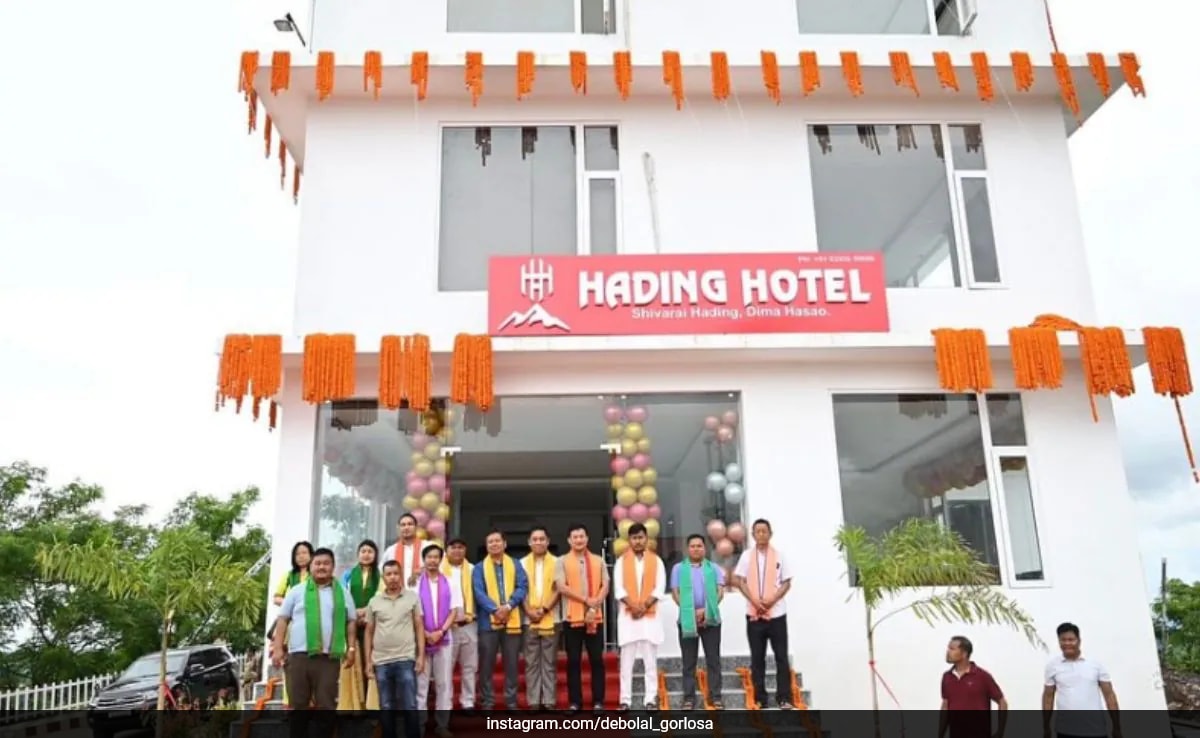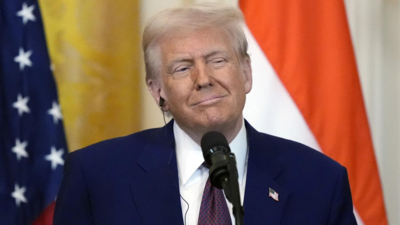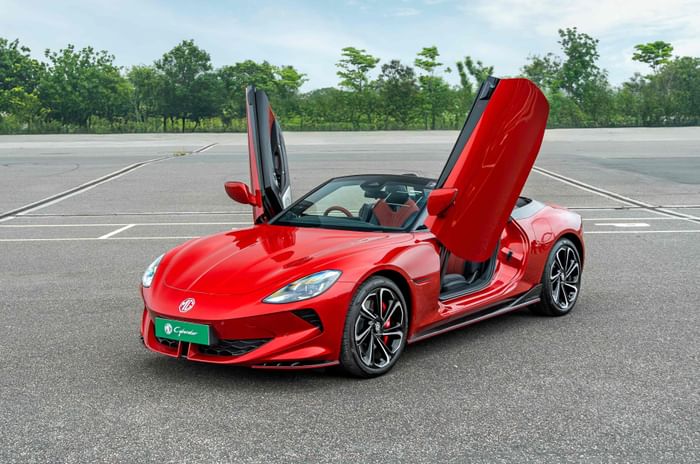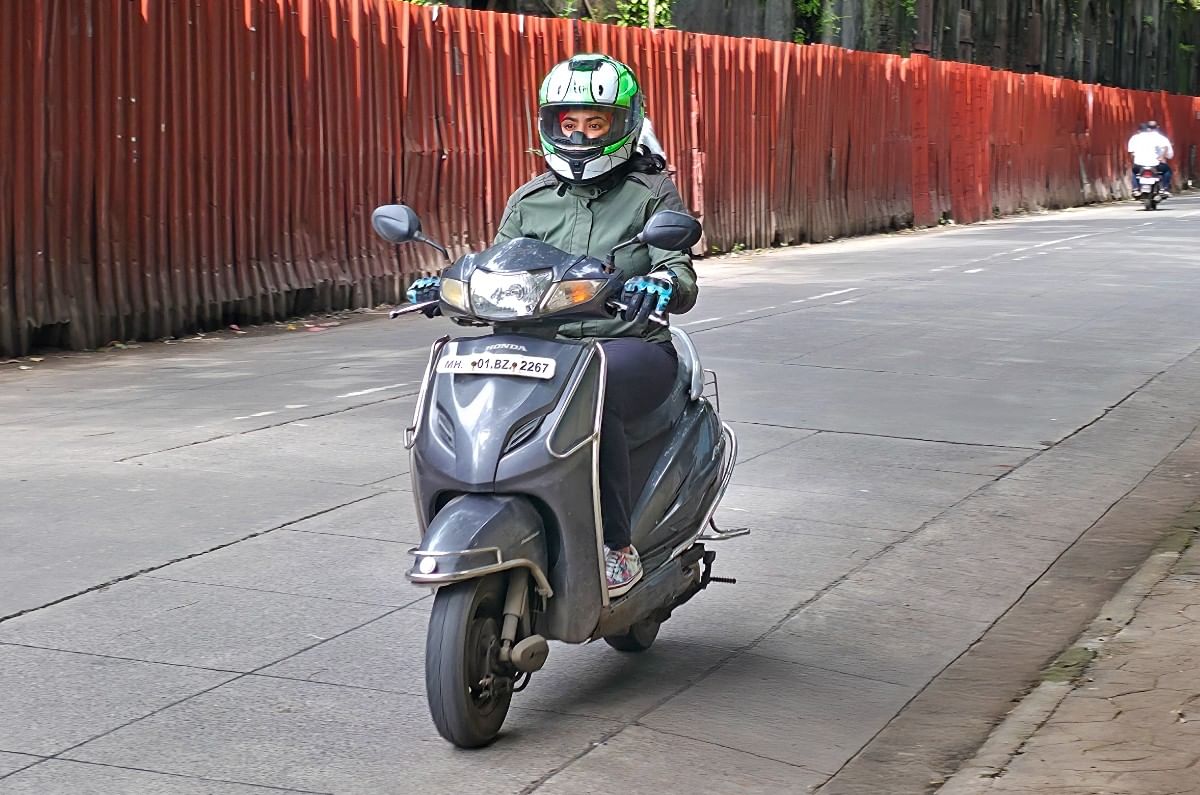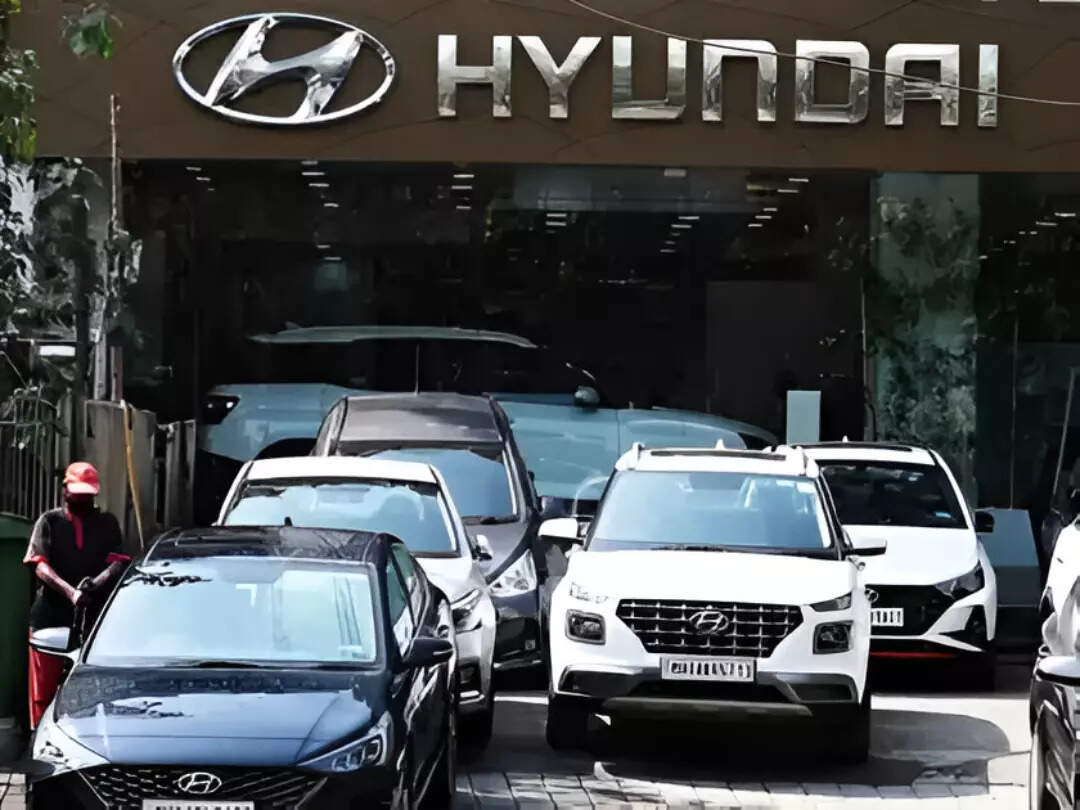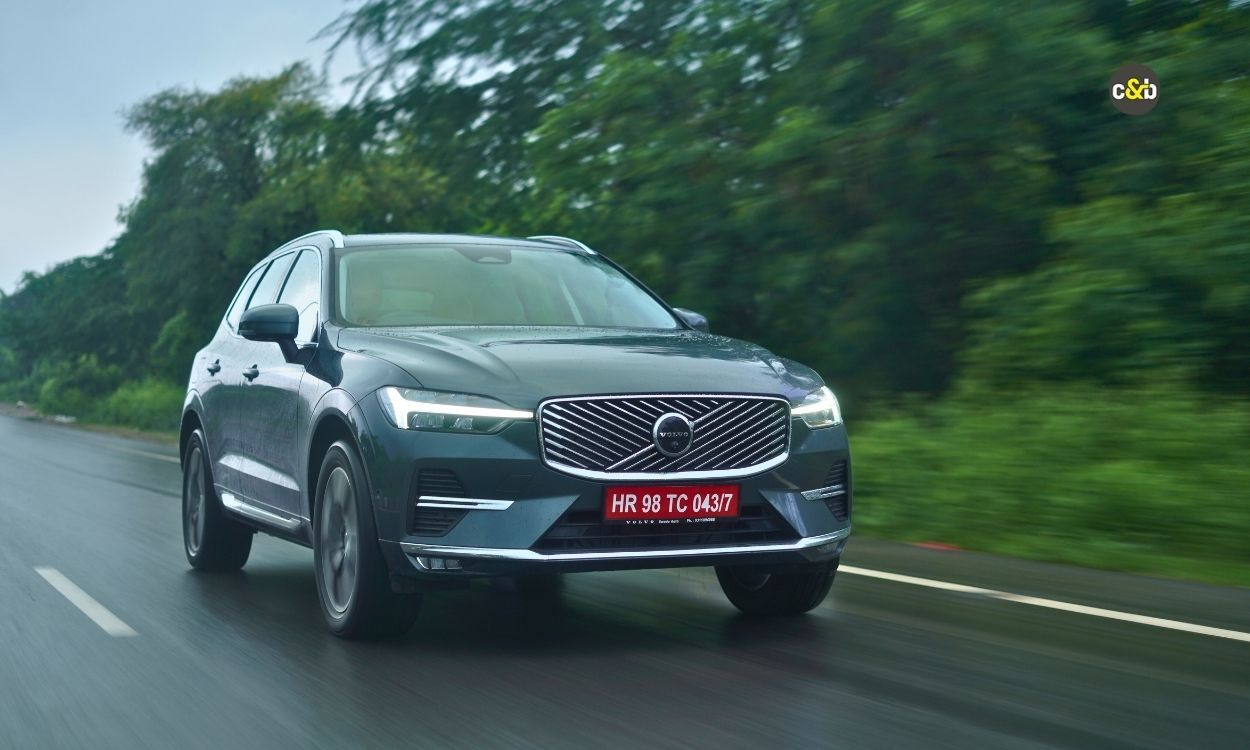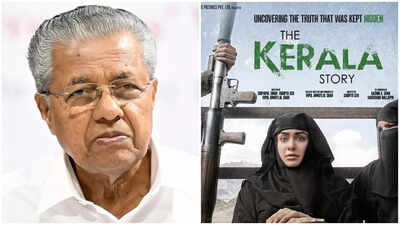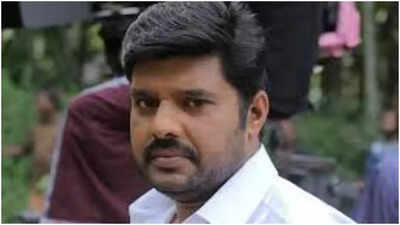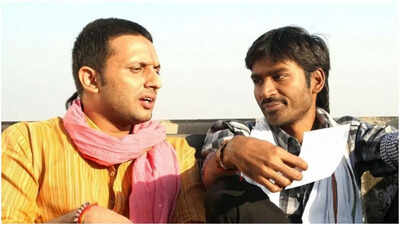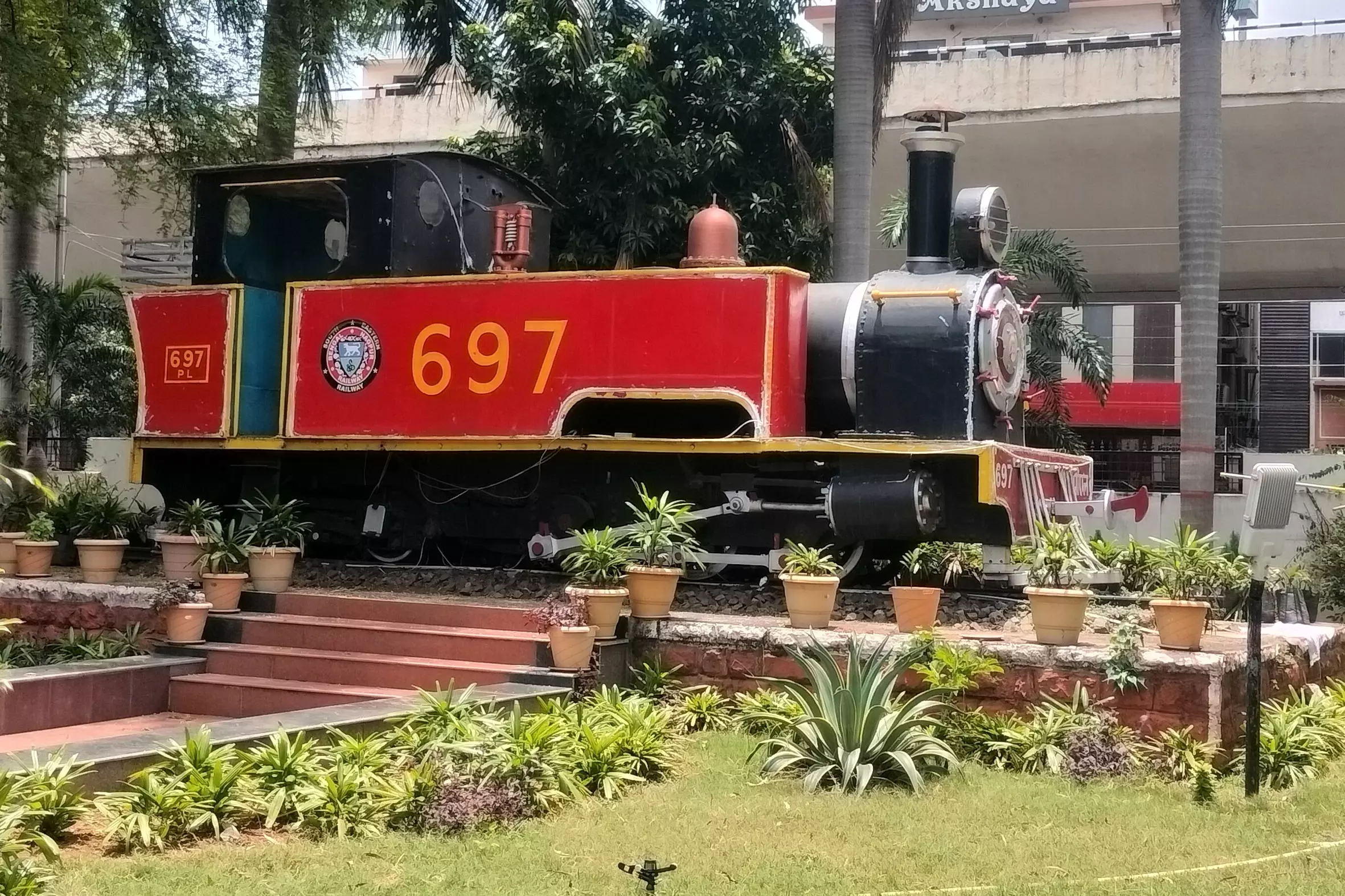
Visakhapatnam: Two historic locomotives housed here tell the great history of Indian Railways. That is also about the Parlakimidi Light Railway (PLR), the third private railway company.
The first was the Eastern Indian Railway founded in 1845 and the second the Great Indian Peninsular Railway in 1849.
Founded by Maharaja Gaurachandra Gajapati Narayan Dev, the scion of Parlakhemundi, the PLR was the first individually owned company in India, according to rail heritage researcher Bishnu Mohan Adhikari. The first rail with four coaches rolled out from Parlakhemundi in 1899, marking the beginning of the rail line system of the region.
The region, then, was mostly inhabited by adivasis.
The Maharaja spent ₹7 lakh from his personal funds to form the rail company. Later, in 1930, Maharaja Krushna Chandra Gajapati, Odisha’s first prime minister, extended the line up to Gunupur to spur development in the tribal hinterlands by spending ₹25 lakh for the expansion.
Of the total 90 km distance between Naupada junction and Gunupur, the 40km stretch lies in present-day Andhra Pradesh and the remaining in Odisha.
“It did a great service to the poverty ridden north Andhra region, particularly Srikakulam district,’’ Adhikari told Deccan Chronicle.
Among the PLR’s pride were its PL-class locomotives, built by the Brush Electrical Engineering Company, England. Compact yet powerful, these engines hauled passengers and goods across the scenic Eastern Ghats. Two such locomotives – PL-694 and PL-697 — now reside in front of the Visakhapatnam Railway station and the DRM office.
These engines are more than mere relics. They are storytellers of Odisha’s royal vision, technological progress and cultural identity. They evoke an era when a princely state’s initiative laid the foundation for regional connectivity, bringing Parlakhemundi into the national rail grid.
As Visakhapatnam celebrates its railway heritage, these PL-class locomotives remain proud reminders of Odisha’s pioneering journey in rail history-engines that once bridged kingdoms, communities and cultures.




